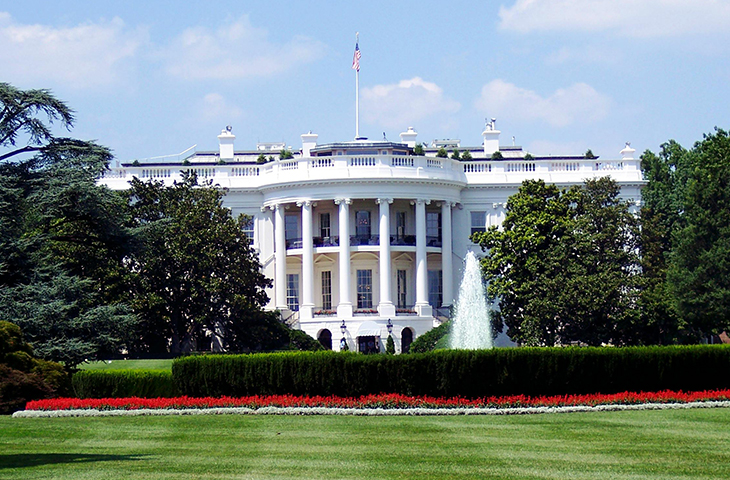Polling Missed Mamdani’s Surge. Pollsters Tell Us Where It Went Wrong.

No pollster was able to fully capture the energy of Democratic Socialist Zohran Mamdani as he cruised to victory in New York City’s mayoral primary Tuesday — including failing to see the enthusiasm among young voters who came out in droves for the high-turnout election.
It’s another moment of reflection for an industry that continues to face an onslaught of criticism, and pollsters were quick to point out that there was plenty wrong with the surveys done in the race.
Most pollsters will survey past primary voters in order to get an accurate prediction. In this case, not including the influx of likely first-time primary voters proved to be a crucial misstep. Though former Gov. Andrew Cuomo appeared to have an edge in the polls, his perceived advantage ultimately did not account for a key portion of Mamdani’s base and led pollsters to one of their biggest misses.
Tom Jensen said that’s where his firm — left-leaning Public Policy Polling — succeeded.
“I definitely think there were big mistakes made,” Jensen said. “Really, the number one most important thing that a pollster needs to do to be accurate is to figure out what the electorate's gonna look like. So if you get the electorate off, you know, you're wrong.”
PPP’s poll, conducted in early June, commissioned by comptroller candidate Justin Brannan, and first reported by POLITICO, was the only that had Mamdani in the lead after the first round of voting. (One from Emerson College, published one day before the election and conducted June 18-20, had Mamdani prevailing only after ranked choice ballots were redistributed.)
Jensen pointed out that many of the polls showing Cuomo leading by double digits had about 30 percent of the electorate under 45. The PPP poll had a higher margin at 37 percent, a number that may still fall short of the total percent of voters in that age group, who likely voted for Mamdani at a higher margin. Jensen also said that PPP polled more people who hadn't voted in recent primaries, another group that likely split for Mamdani.
More than double the amount of New Yorkers voted early in this year’s race compared to 2021, and almost one-quarter of them had not voted in any Democratic primary from 2012 to 2024, according to a recent analysis published by Gothamist. A plurality of those early voters were between 25 and 34.
Others pointed to when the polls took place, as Mamdani’s campaign continued to gain momentum in the closing stages. Data for Progress Interim Executive Director Ryan O’Donnell said that their early June poll, which was commissioned by a pro-Mamdani super PAC, was one of the first to show that Mamdani had closed Cuomo’s lead.
“At the time, people treated it as a wild outlier,” O’Donnell said. But in retrospect, he said, it provided “a very accurate representation of where [the race] was at that time.”
There was also a major lack of high-quality nonpartisan polling in the race.
“They were bad. They were straight up bad,” said Democratic pollster Adam Carlson. “But you can count on one hand how many quality independent polls there were.”
Of the 32 total polls tracked by The New York Times, just nine of them met the paper’s reliability standards, and only two came during the last month of the race. Still, none had Mamdani with a lead after the first round.
“No one could have seen all of the changes in the electorate coming, but missing the first round by 20 points?" Carlson said. "Something is wrong.”
The sparse amount of independent polling in the race helped Cuomo and his aligned groups continue to tout polling numbers from within his circle. Those numbers showed a big lead and helped him build a sense of inevitability early in the race.
Democratic pollster Margie Omero, whose husband's firm worked on ads for Mamdani’s campaign, said some of the polls were done too early, and that was compounded by the changes in the electorate.
“It’s likely young people went from some of the least likely to turn out in previous elections to the most likely,” Omero said in an email. “Polling would’ve needed to be open minded that this change was really happening, and take that into account in their assumptions.”
Predicting the electorate is easier said than done — pollsters are essentially making an educated guess based on past turnout about what the future pool of voters will look like. But moving forward, some pollsters said it should be a priority.
“We have to have polling carefully mirror the voter file,” said Bradley Honan, whose firm conducted a few polls in the race.
There’s always nuance when it comes to polling, and an off-year primary can prove to be particularly difficult in an industry that’s full of volatility and error.
“We all need to, in some degree, check our expectations about what polling can actually do in an election like that,” said Democratic pollster Nick Gourevitch.
Pollsters are used to criticism. After a high-profile miss in 2016 when President Donald Trump's victory took pollsters by surprise, they've been going through years of recriminations, tweaking their models and pledging to do better next time.
“I don’t think it’s fair for the industry to take that hit as a whole, but I understand why people would jump to that conclusion,” Carlson said. “Because it was so stark.”
Popular Products
-
 Yoga Ball Kit
Yoga Ball Kit$55.99$38.78 -
 Electronic Bidet Toilet Seat
Electronic Bidet Toilet Seat$836.99$500.78 -
 Adjustable Shower Chair Seat
Adjustable Shower Chair Seat$121.99$84.78 -
 Cordless Car Vacuum
Cordless Car Vacuum$117.99$81.78 -
 Adjustable Plug-in LED Night Light
Adjustable Plug-in LED Night Light$93.99$64.78